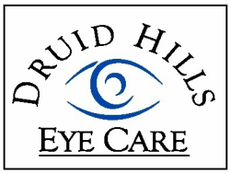Visual Perceptual Exam
Adult Eye Exams
We Provide Thorough Comprehensive Eye Care
What is a visual perceptual exam?
The visual perceptual exam encompasses a battery of standardized tests geared at studying the way the brain interprets and processes information. It is not the typical exam and so it does not use an eye chart. Deficits in visual perception can affect school performance. Keep in mind that deficits in visual perception affect how visual information is interpreted by the brain.
What are some symptoms of Visual perceptual disorder?
- Trouble accurately copying down information.
- Losing your place while reading.
- Poor page organization (including ineligible words, irregular spacing and poorly aligned letters.
- Reversing letters or numbers.
My child loses his/her place when reading?
During the visual perceptual exam ocular motility will be tested, specifically saccadic movements, which are the eye movements used with reading. It is the ability to accurately fixate from one object to another. Trouble with saccades can cause letter omission, skipping lines and trouble copying from the board.
My child reverses letters, does that mean there is dyslexia?
Reversing letters isn’t necessarily dyslexia. One of the items tested in the visual perceptual exam is laterality and directionality. Directionality is the ability to know this orientation of objects in space. Patients with directionality problems can have trouble with reversals. This can make it hard to differentiate between a p and a q or a b and a p.
What is a visual processing disorder?
There are different types of visual processing difficulties: visual discrimination, visual figure-ground, visual sequencing, visual memory, visual closure, etc. For example figure ground is the ability to locate an object even when surrounded by a background or other images. This skill is helpful when a student is presented with a lot of information at one time.
